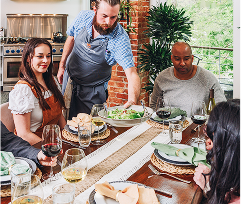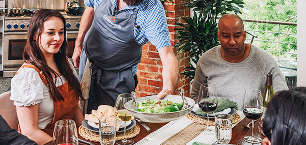Visual Feasts: How Food on Boards is Taking Over Social Media
Food boards are a social media trend that has recently taken over Instagram and other platforms. These boards are platters or trays filled with a variety of delicious foods arranged in an aesthetically pleasing way. The boards have become popular for people to share their culinary creations and entertain guests.
History
Food boards have been around for decades in some form, but they took off as a trend on social media in the mid-2010s. This popularity was primarily due to the rise of Instagram and other photo-centric platforms, which made it easy for people to share photos of their food boards with a wide audience.
This blog aims to provide an overview of the food board trend and its impact on social media culture. We will explore the different types of food boards, the creative process behind making them, and the critiques and criticisms that have been leveled at the trend.
Food Boards: A Visual Feast
Food boards are visually appealing platters or trays that showcase a variety of delicious foods. They can be sweet or savory and are designed to suit any occasion. The appeal of food boards lies in their versatility and the opportunity they provide for creativity and self-expression.
Some of the most popular types of food boards include charcuterie boards, pancake boards, dessert boards, and breakfast boards.
Charcuterie boards typically include a variety of meats, cheeses, fruits, and nuts, while pancake boards might include a selection of toppings and syrups for guests to customize their pancakes.
Food boards can include a wide variety of foods, depending on the occasion and the creator’s preferences. Common foods on food boards include fresh fruits and vegetables, cheeses, crackers, bread, nuts, chocolates, and various dips and spreads. Presentation styles can range from organized and symmetrical to rustic and casual.
The Rise of Food Boards on Social Media
Social media has played a huge role in popularizing food boards, with Instagram being one of the leading platforms where the trend has taken off. Social media has made it easy for people to share their food creations with a broad audience, and the visual nature of food boards makes them particularly well-suited to social media platforms.
Popular hashtags and trends related to food boards on social media platforms include #charcuterieboard, #dessertboard, #foodplatter, and #grazingtable. These hashtags are often used to categorize and search for food board content on social media.
Food boards have had a significant impact on social media culture, helping to fuel the trend of “food porn” and inspiring people to experiment with new and creative ways of presenting their food. They have also provided food bloggers and influencers with a platform to highlight their culinary skills and build a following.
The Art of Food Board Creation
Some tips for creating visually appealing and delicious food boards include using a variety of colors and textures, balancing sweet and savory elements, and considering the overall aesthetic of the board. It’s also essential to choose high-quality ingredients and to pay attention to the details of the presentation.
Tools and materials needed to create food boards include a large platter or board as a base, a variety of small bowls or dishes for dips and spreads, and utensils such as knives and forks for serving. Other materials might include decorative elements such as flowers or greenery to add visual interest.
The creative process behind designing a food board can be a lot of fun, but it can also be challenging. It requires a lot of thought and planning to ensure the board is visually appealing and delicious. The process typically involves:
- Selecting a theme or color scheme.
- Choosing appropriate foods and ingredients.
- Experimenting with different layouts and arrangements.
Criticisms of the Food Board Trend
Like any trend, food boards have not been immune to criticism. Some people have argued that focusing on presentation over taste is superficial, and the trend encourages wastefulness and overconsumption.
Some common criticisms of food boards include concerns about the environmental impact of disposable plates and utensils and the potential for food waste if boards are not consumed in their entirety. Others argue that focusing on presentation over taste can lead to disappointing food experiences.
In defense of food boards, they can be a sustainable and eco-friendly option if reusable plates and utensils are used. Additionally, the focus on presentation is a legitimate and essential aspect of the culinary arts, and food boards can provide a platform for creativity and self-expression.
The Future of Food Boards
As with any trend, it’s hard to predict the future of food boards on social media. However, the trend will continue to evolve and adapt to changing tastes and preferences. We may see new types of food boards emerging or a shift towards more sustainable and eco-friendly options.
Some ways in which food boards continue to evolve and develop include:
- Incorporating more plant-based options.
- Using more sustainable materials.
- Integrating technology to enhance the visual and sensory experience of food boards
Regardless of how the trend evolves, food boards have significantly impacted social media culture and the culinary arts. They have inspired people to experiment with new and creative ways of presenting their food and have provided a platform for food bloggers and influencers to showcase their skills and build a following.
Conclusion
The food board trend is a testament to the power of social media to shape and influence cultural trends. It has provided a platform for creativity and self-expression and has inspired people to experiment with new and innovative ways of presenting their food.
However, it’s essential to be mindful of the potential environmental impact and to consider ways to make food boards more sustainable and eco-friendlier.
In conclusion, food boards are a trend that is here to stay, and they will continue to evolve and adapt to changing tastes and preferences. As with any trend, it’s essential to be mindful of the potential impact on the environment and to strive towards more sustainable and eco-friendly practices. By doing so, we can continue to enjoy the beauty and deliciousness of food boards for years to come.



 Settings
Settings
 Gift Card
Gift Card Blog
Blog Locate Us
Locate Us

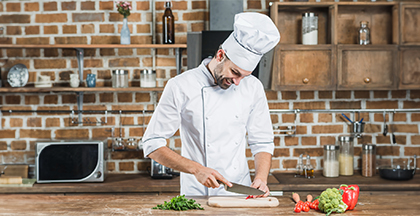

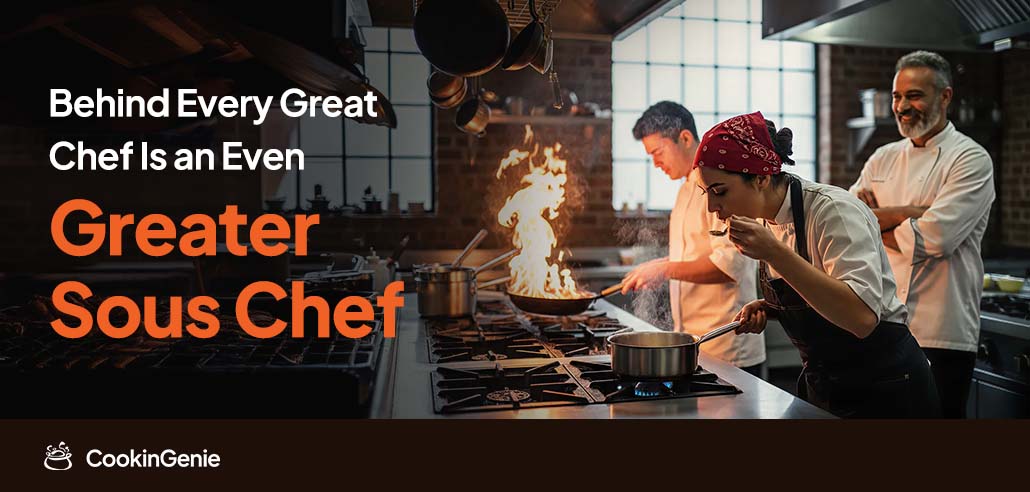
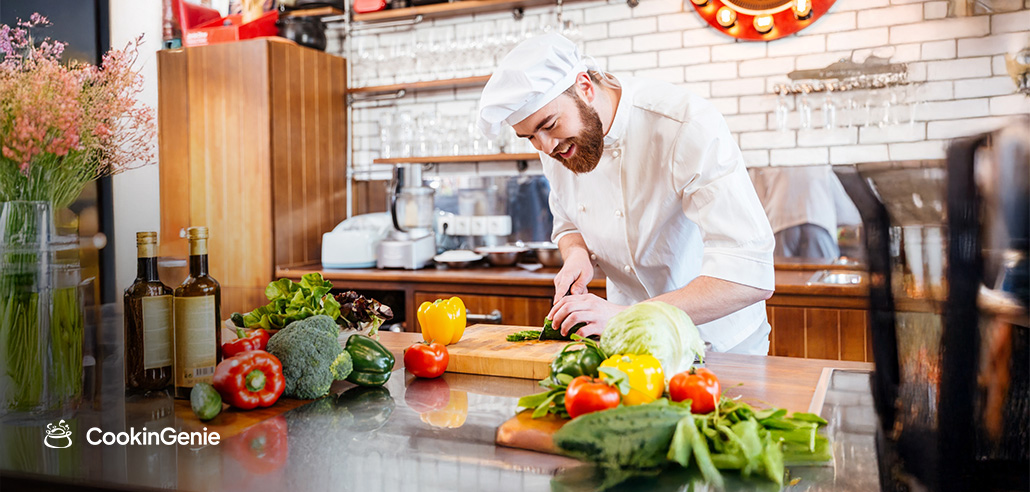

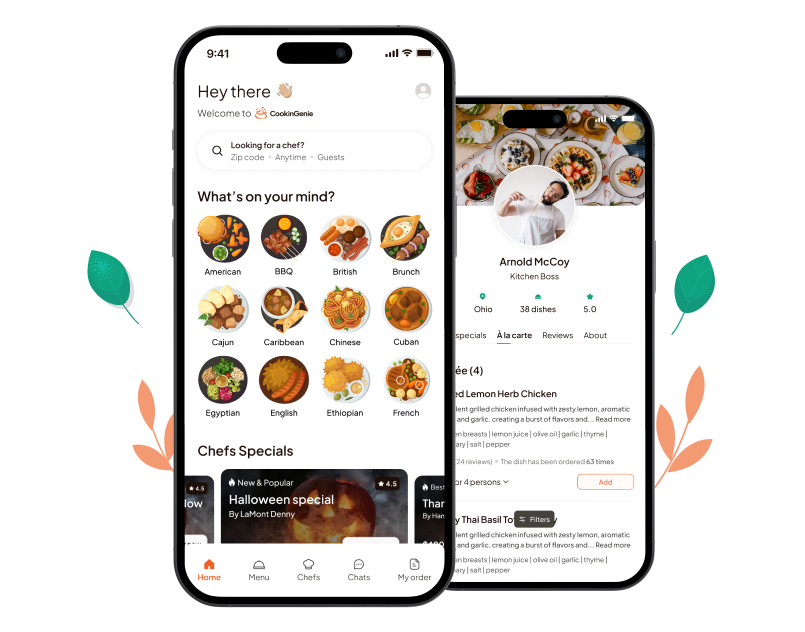



 Home
Home
 Chefs
Chefs
 Chats
Chats
 My Order
My Order


